By Camryn Brent, Huron Pines AmeriCorps member
Things don’t always go as planned when you work in the field, and our first BioBlitz was no exception! Despite postponing our original July date due to inclement weather, a group of us gathered a week later on a beautiful August day to observe the prairie of Johnson Preserve.
Clear, sunny skies made for great conditions to wander through the fields, and a huge thank you to everyone who came out! Together, in just two hours, we made over 100 observations of various plants and animals in the prairie.
More important than the number of observations, however, was the mindfulness behind each observation as the group’s combined photos took a long exposure snap shot of the biotic life amid the prairie.
Participants got to look closely at flowering prairie grasses such as big bluestem (Andropogon gerardi), switchgrass (Panicum virgatum), and Indian Grass (Sorghastrum nutans) as the wind gently helped pollinate them.
- Big bluestem flower – Photo by Camryn Brent
- Indian grass flower – Photo by John Metzler
- Switchgrass flowering – Photo by John Metzler
In contrast, plants such as rattlesnake master (Eryngium yuccifolium,) and cup plant (Silphium perfoliatum) were flowering in order to attract insect pollinators. Pollinators such as the royal monarch butterfly (Danaus plexippus) and eastern carpenter bees (Xylocopa virginica) busily abounded between the blooms.
- Rattlesnake master – photo by John Metzler
- Monarch butterfly on swamp milkweed – Photo by John Metzler
- Eastern carpenter bees – Photo by John Metzler
- Cup plant – photo by John Metzler
We even had one observation of a purple-spored puffball mushroom (Calvatia cyathiformis) in the open prairie!
- Puffball mushroom – Photo by Camryn Brent
- Puffball mushroom bursting open – Photo Camryn Brent
One observation, a Goldenrod Soldier Beetle, has already become a Research Grade Observation. When an observation is made with a date and location, and has a ⅔ consensus of a species, it becomes a certifiable observation that can be used for scientific research.
It’s inspiring to remember that iNaturalist is not only for personal use and species identification. When you upload an observation, you add to a dynamic scientific database of information about the biotic world. I love knowing that one observation of the Goldenrod Soldier Beetle feeding on a bee balm flower at a Legacy preserve in Washtenaw County during a particular date and time can eventually be used by scientists in a variety of ways. In a time where ecosystems are in a state of flux from a variety of human caused factors, citizen science is more important than ever!
The observations from our BioBlitz are now logged in iNaturalist within Legacy Land Conservancy’s projects under “Johnson Prairie BioBlitz”. Click here to see our latest observations.
Fun Finds of the BioBlitz
Clubbed Mydas Fly (Mydas clavatus): This species of fly comes in at nearly an inch of length and mimics a wasp.
Moth in the genus Hemaris known as clearwing or hummingbird moths. We found what we believe is a Snowberry Clearwing Moth. It is a bumble bee mimic and flies like a hummingbird! We still need help identifying it though. Check out our observation in iNat. Your knowledge may help us confirm this observation and to get it to a research grade quality: https://www.inaturalist.org/observations/176643034
- Clubbed Mydas Fly – iNaturalist observation
- Snowberry Clearwing iNaturalist observation

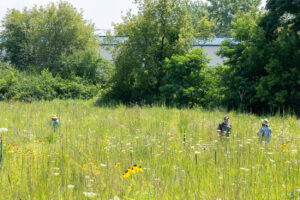
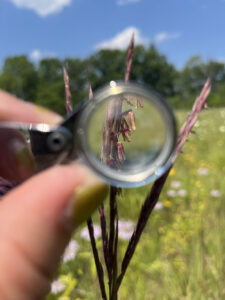

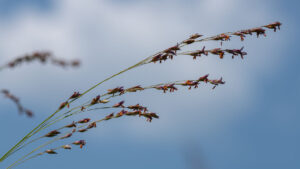
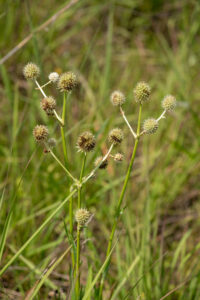
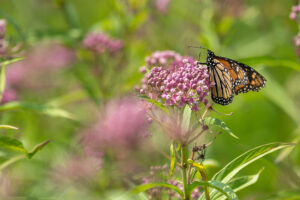
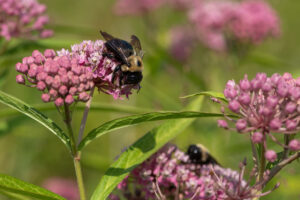
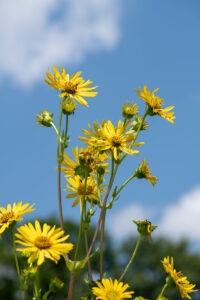
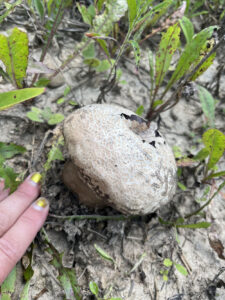
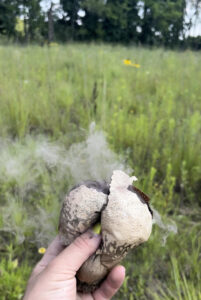
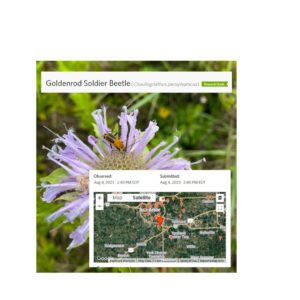
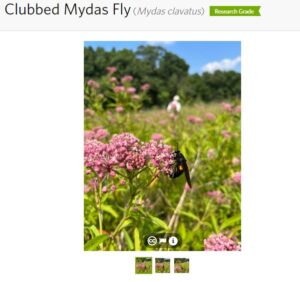
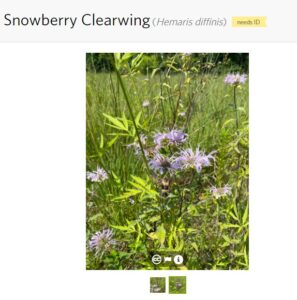
 RSS Feed
RSS Feed